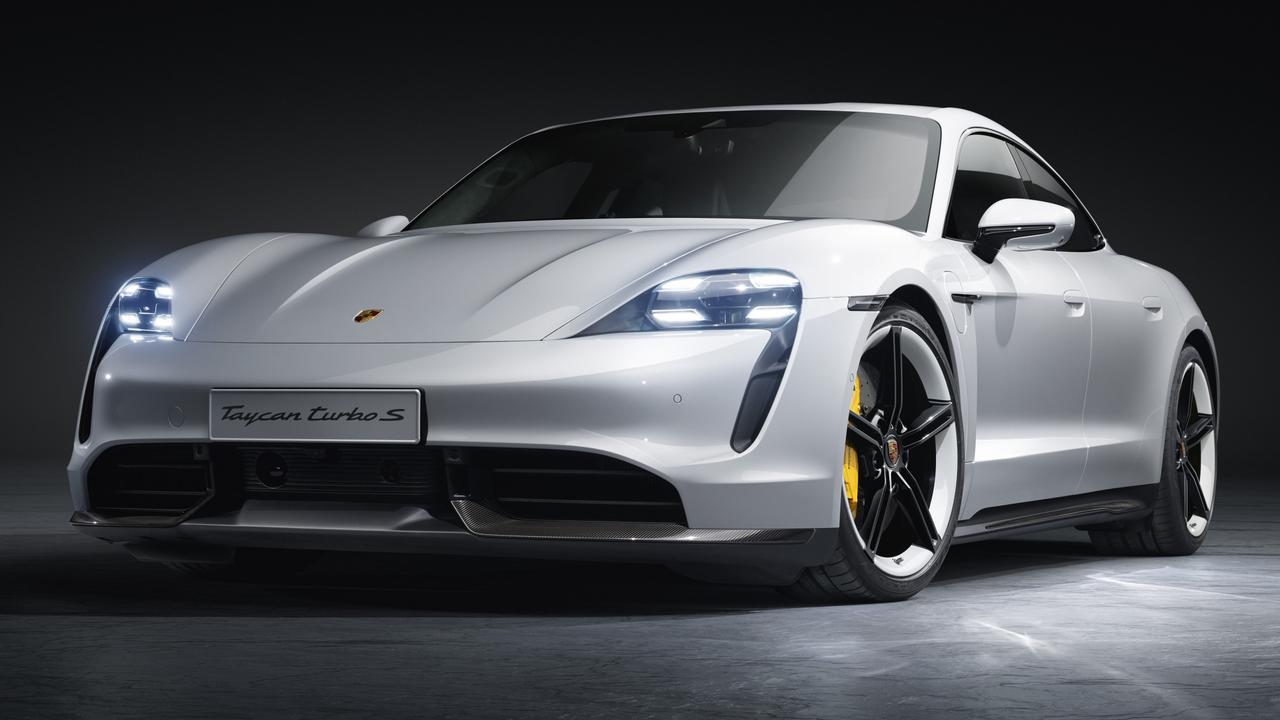Lexus NX350 review: the sweet spot
The Lexus NX range sits in the competitive Premium Not Really An SUV category. At last, Toyota’s luxury arm has got it right.
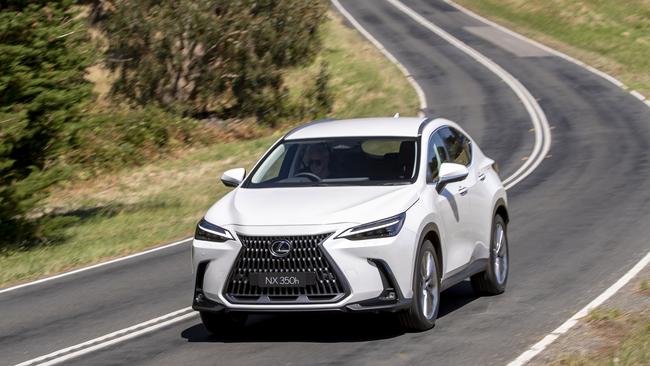
As social media shrinks attention spans and rewires the human brain into something you might find inside a ping-pong-ball-gobbling carnival clown, writers must adapt. To that end, I have been trying to shorten car reviews to a single word, which, thanks to the enormous number of assumptions and prejudices I have built up over the years, isn’t as hard as it should be.
Attending the launch of the new NX range – Lexus’s biggest seller, which sits in the hugely competitive Premium Not Really An SUV category – I was able to save time by penning a review before seeing the car, to wit: “Underwhelming.” It was short and snappy, but not very funny, so I thought I’d change it to “Sub-Oom-pah”, which obviously means that, as usual, Lexus has produced a car that’s not quite as good as the German rivals.
I was most annoyed, then, to climb into the NX350 and find that, arguably for the first time, Lexus has nailed it. Sure, it looks good from the outside – and somehow replacing the badge symbol on the rear with the word “Lexus” adds a touch of class – but exterior design has never been the problem.
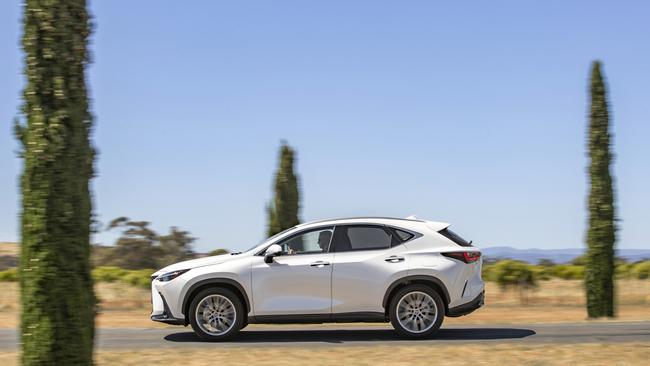
In the interior of every Lexus past, you have always been able to feel the Toyota bits (the world’s biggest car company also owns, and effectively thus designs and builds, Lexus), which seemed unforgivable in a premium offering. This NX instantly feels more solid, classier, and, best of all, it has done away with the atrocious mouse controller that used to annoy the hell out of me. Instead, in the better grades at least, you get a 14-inch touchscreen that somehow doesn’t feel too big, as part of what Lexus calls a “Tazuna” cockpit, which is designed around “the way a rider uses the reins to control a horse”. This idea of the synergy between driver and machine also carries over into what the company calls the Lexus Driving Signature, which is supposed to make the NX “faithful to the driver’s desires”. Once again, initial impressions – particularly on the smooth roads of the Police State of Melbourne – were excellent and beyond my expectations.
There are many flavours of NX, but my favourite was this NX350, powered by a 2.4-litre turbo making 205kW and 230Nm and, vitally, connected to an eight-speed torque converter automatic transmission. This thing was genuinely fun, if alarmingly expensive at $77,900, and 90 per cent of the time it would make you feel good about shunning German excitement for Japanese reliability. It’s only when the roads become rough that the excellent ride quality becomes a bit rattled, and only when you push into corners at silly speeds that the tyres start to squeal in fear and the understeer becomes noticeable.
The top-selling NX will be the 350h (starting at $65,800), which is a traditional hybrid and thus has to make do with a CVT (Continuously Variable Transmission) that makes it drone on like an old fisherman.
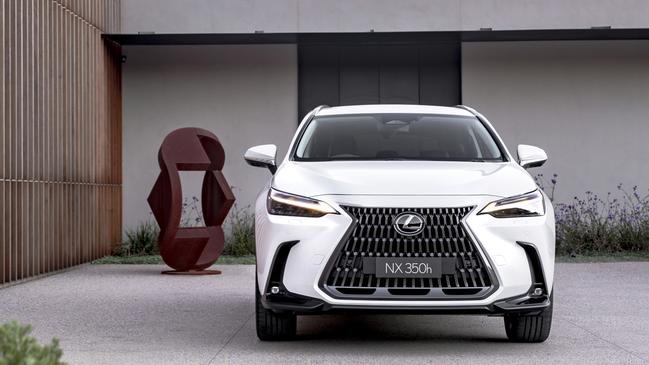
The really exciting version, though, is the first PHEV (Plug-in Hybrid Electric Vehicle) to wear a Lexus badge, the NX450h+. Plug it in (using the free home charger that comes with the car) and charge its battery up and the electric motors alone will take you, in pleasant silence and with reasonable urgency, up to 87km. Considering that most Australians drive less than 35km a day, it means that, theoretically, you could drive hundreds or even thousands of kilometres without ever having to pay $2-plus a litre for petrol.
Should you want to go further, of course, its 18.1kWh battery, 134kW front motor and 40kW rear motor are joined by a 2.5-litre engine to create a properly clever hybrid option, increasing your total theoretical range to 885km.
Better yet, if you’re feeling frisky, you can press a button that will combine both power sources, which adds up to 227kW, for maximum enjoyment, and a 0-to-100km/h dash of 6.3 seconds (the NX350 does it in seven flat).
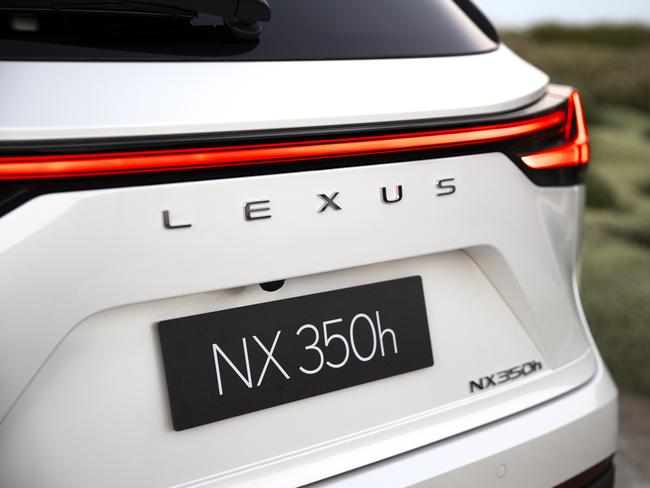
Once again, this 450h+ version of the NX represents a huge leap forward for the brand, and for PHEVs in general, because rather than just concentrating on green-ness and bowser meanness (claimed fuel economy is just 1.3 litres per 100km), the 450h+ gives you the option of harnessing the technology to make your car more exciting to drive.
On the downside, it still has a CVT, which means I would personally take the NX350 every time, as a driver’s car. For those who are looking to go electric but are concerned about going all the way on the first date, the Lexus NX450h+ might be a tempting option, although at $89,900 it’s even more expensive than some EVs. What I can say, however, and didn’t expect to, is that it’s genuinely better than the German PHEVs on the market.
In a word, then, the new NX range is surprising.
Lexus NX350
ENGINE: 2.4-litre
four-cylinder turbo (205kW/230Nm). Average fuel 8.1 litres per 100km
TRANSMISSION: Eight-speed automatic,
all-wheel drive
PRICE: $77,900
STARS: ★★★★

